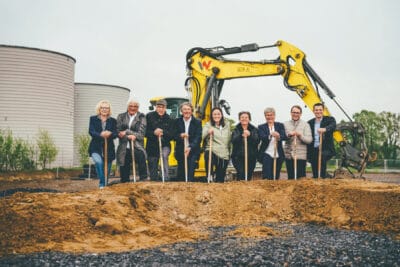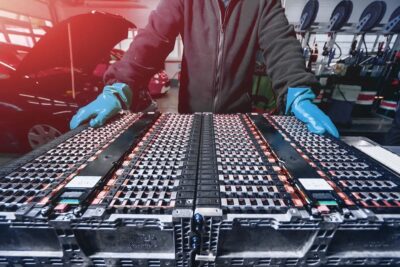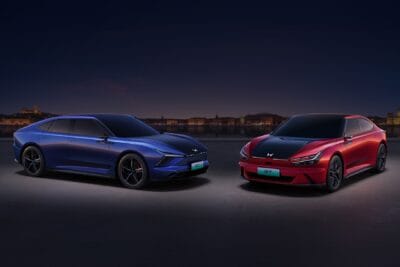Sion Power builds production line for lithium-metal batteries
The fully automated large-format cell production line is being built in partnership with Mühlbauer Group. It will be capable of producing 75MWh of 56 Ah lithium metal cells annually, with Sion claiming that the cells will exceed 50 amp-hours. The new line will support further development of the technology, as well as joint testing with Sion’s partners and supply of the cells to automotive OEMs for commercial evaluation. With the new production line, the company hopes to be ‘volume-production ready’ by the end of 2028.
Developed in cooperation with BASF, Sion’s Licerion battery technology is designed to achieve higher energy density and longer cycle life than typical lithium-ion batteries. Independent tests have shown that Sion’s prototype Licerion EV cell exceeded 800 cycles with a verified energy of 400 Wh/kg and an energy density of 780 Wh/L.
These multi-layer cells have an estimated charging capacity of 6 to 20 Ah, with the company aiming to achieve 56Ah in the future. They’re designed for fast charging, with a 6 Ah cell capable of reaching 80 per cent capacity in under 15 minutes. Sion claims this will enable charge times ‘comparable to a gas station’s 8-minute average refuel time’, and that this ‘surpasses’ typical graphite and silicone anode batteries.
“The ability to scale performance from small prototype cells to large-format cells is often where battery technologies face the greatest challenge,” said Tracy Kelly, president of Sion Power. “Our new manufacturing line bridges that gap, demonstrating the capability of our lithium-metal battery technology in formats applicable to real-world applications.”
Pam Fletcher, Sion Power CEO, said the company’s Licerion technology “unlocks the potential of lithium metal to leapfrog current graphite and silicone anode solutions”. She said: “We will provide large-format test cells with both LFP and NMC cathodes for our US and global customers, including our strategic partners like LGES as well as global battery cell manufacturers and automotive OEMs, at a much higher rate while maintaining the quality standards required for next-generation battery development.”





3 Comments